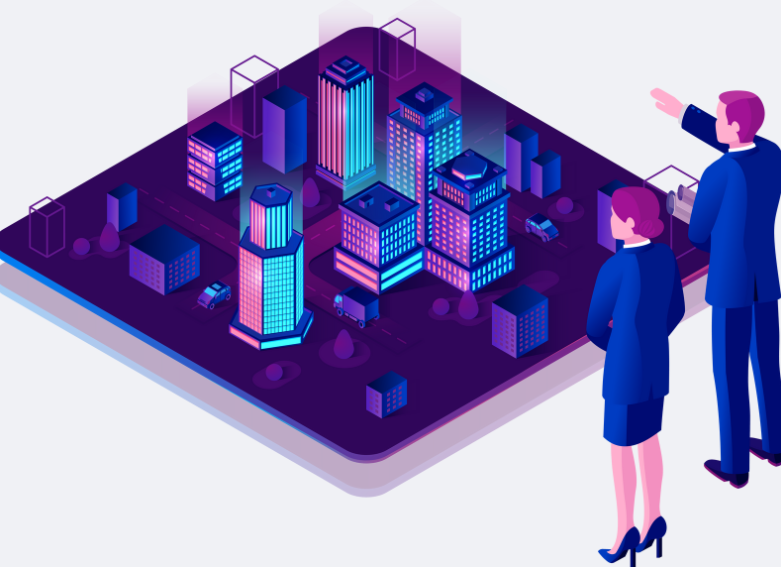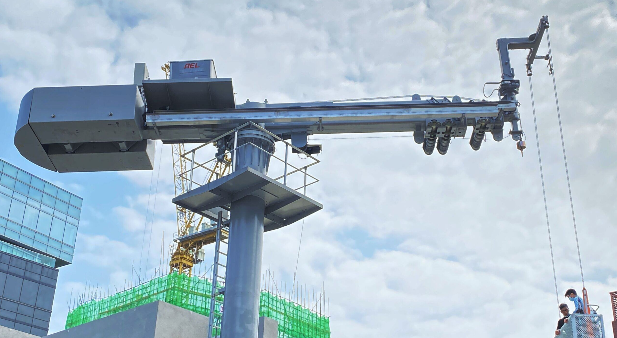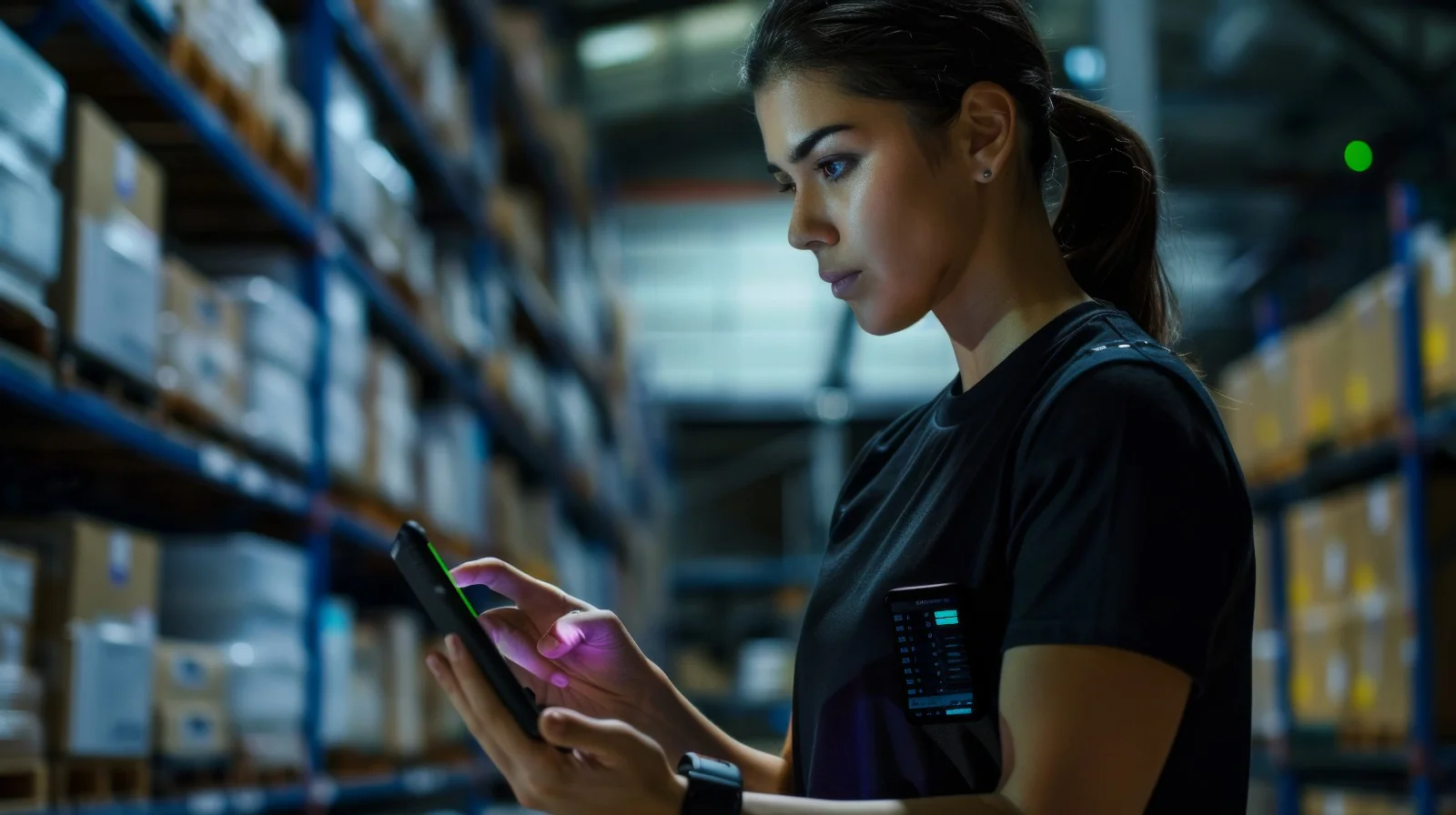In today’s world, the urgency to reduce carbon emissions is more important than ever. The built environment is responsible for a significant portion of global energy consumption and carbon emissions, which is why the adoption of smart building solutions is vital. These innovative technologies not only enhance the efficiency and functionality of buildings but also contribute significantly to creating a more sustainable and eco-friendly future.
Smart building solutions offer cutting-edge technologies that help optimize energy usage, improve environmental conditions, and reduce a building’s overall ecological footprint. In this article, we will explore the impact of these solutions on sustainability, the technologies driving the change, and the role companies like Advancer Smart Technology Pte Ltd. play in creating greener, smarter buildings.
What Are Smart Building Solutions?
Smart building solutions refer to the integration of advanced technologies that enable buildings to operate more efficiently, with an emphasis on sustainability. These solutions leverage IoT (Internet of Things) devices, sensors, automation systems, and data analytics to enhance a building’s energy efficiency, monitor its performance in real-time, and improve the overall user experience.
These smart solutions are designed to reduce operational costs while improving resource management, ultimately leading to a reduction in environmental impact. From lighting systems that adjust to natural light to intelligent HVAC (heating, ventilation, and air conditioning) systems that optimize energy use, smart building solutions are revolutionizing the way buildings function.
Advancer Smart Technology Pte Ltd., a leading provider in the smart technology industry, specializes in developing and implementing these kinds of solutions, helping businesses and developers transform their buildings into environmentally responsible structures.
Environmental Benefits of Smart Buildings
One of the most compelling reasons to adopt smart building solutions is their significant environmental benefits. These technologies are designed to reduce energy consumption, lower carbon emissions, and decrease the environmental footprint of buildings. By optimizing the use of energy, water, and other resources, smart buildings contribute to a more sustainable and eco-friendly world.
For example, smart lighting systems adjust based on natural light availability, ensuring that energy is not wasted. Additionally, building management systems can monitor and adjust heating and cooling systems to ensure optimal efficiency, reducing unnecessary energy consumption. Over time, these small adjustments lead to substantial reductions in energy use, contributing to the overall goal of minimizing carbon emissions.
Smart building solutions also enable better waste management by streamlining the processes for waste disposal and recycling. Through sensors and IoT systems, waste levels can be monitored, ensuring that waste is efficiently managed and disposed of in an environmentally friendly manner.
Core Technologies Behind Smart Building Solutions
Smart building solutions are powered by several advanced technologies that work together to improve the overall performance and sustainability of a building. These core technologies include:
- Building Management Systems (BMS): These centralised control systems monitor and control a building’s mechanical and electrical equipment such as HVAC, lighting, security, and fire systems. By optimizing the operation of these systems, BMS can reduce energy use and operational costs.
- IoT Sensors and Devices: IoT devices are crucial for smart building solutions, as they enable real-time data collection and monitoring. For instance, sensors placed throughout the building can track temperature, humidity, occupancy, and energy use. This data is then analysed to make informed decisions that reduce waste and improve energy efficiency.
- Artificial Intelligence (AI) and Machine Learning: AI and machine learning are increasingly being used to enhance the capabilities of building management systems. These technologies can predict energy usage patterns, optimise heating and cooling cycles, and provide recommendations for improvements based on data trends.
- Smart HVAC and Lighting Systems: Smart HVAC systems automatically adjust temperature settings based on occupancy and external weather conditions. Smart lighting, on the other hand, dims or brightens according to natural light levels and occupancy, ensuring that energy is not wasted.
As experts in smart technologies, Advancer Smart Technology Pte Ltd. is at the forefront of integrating these technologies into buildings, helping clients create more sustainable, efficient, and future-proof structures.
How Smart Buildings Contribute to a Greener Future
Smart building solutions are at the heart of creating a greener future. By incorporating renewable energy sources, optimizing energy and water consumption, and utilizing sustainable materials, smart buildings not only reduce their impact on the environment but also contribute to long-term sustainability goals.
For instance, many smart buildings integrate solar panels or wind turbines to generate renewable energy. This energy is used to power the building, significantly reducing its reliance on fossil fuels. Additionally, smart technologies can store excess energy for later use, further increasing energy efficiency.
Water conservation is another key aspect of smart buildings. Smart water management systems can detect leaks, monitor water usage, and ensure that water is used efficiently throughout the building. By reducing water wastage, smart buildings contribute to the preservation of this vital resource.
Moreover, the use of sustainable building materials in the construction of smart buildings reduces the overall environmental footprint of the structure. Green roofs, sustainable insulation, and energy-efficient windows all contribute to a building’s sustainability and reduce its carbon footprint.
Advancer Smart Technology Pte Ltd. ensures that these green technologies are seamlessly integrated into the buildings they work with, helping clients meet sustainability targets and contribute to a greener planet.
Challenges and Barriers to Adoption
While the environmental benefits of smart building solutions are clear, the widespread adoption of these technologies comes with challenges. Some of the main barriers include:
- Initial Costs: The upfront cost of implementing smart building technologies can be high, especially for older buildings that require extensive retrofitting. However, the long-term savings in energy bills and operational costs can offset these initial investments.
- Data Security and Privacy: As smart buildings rely heavily on data collection and real-time monitoring, concerns about data security and privacy are prevalent. Ensuring that data is securely stored and transmitted is crucial for the successful implementation of smart building solutions.
- Integration with Existing Infrastructure: Retrofitting older buildings with smart technologies can be a complex and expensive process. However, advancements in smart technology are making it easier to integrate new systems into existing infrastructure, lowering the barrier for adoption.
- Skill Gaps: The implementation of smart building solutions requires specialised knowledge and expertise, which can be a challenge for some companies. Training and educating staff is essential for the successful deployment and maintenance of these systems.
Despite these challenges, the benefits of smart building solutions far outweigh the obstacles. As technology continues to evolve, these challenges will likely become easier to overcome.
Future Outlook: Smart Cities and Sustainable Living
Looking to the future, smart building solutions are poised to play a crucial role in the development of smart cities. As urban areas continue to grow, the need for sustainable, energy-efficient buildings will become even more pressing. Smart buildings will not only help reduce the environmental impact of these cities but also enhance the quality of life for their inhabitants.
Governments and businesses are increasingly investing in smart technologies to meet sustainability targets and improve the livability of cities. The integration of renewable energy sources, green building materials, and energy-efficient systems will create sustainable urban environments where residents and businesses can thrive.
Takeaway
Smart building solutions are revolutionizing the way we think about sustainability in the built environment. By reducing energy consumption, lowering carbon emissions, and improving resource management, these technologies are paving the way for a greener future. As we continue to embrace smart technologies, the impact on the environment will be significant, helping to build a more sustainable world for future generations.
Companies like Advancer Smart Technology Pte Ltd. are leading the charge in providing innovative smart solutions that not only improve building efficiency but also help reduce environmental impact. By adopting smart building solutions today, we can create a more sustainable, energy-efficient, and greener future for all.











